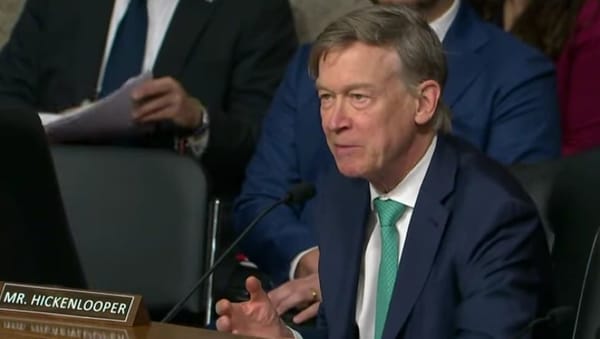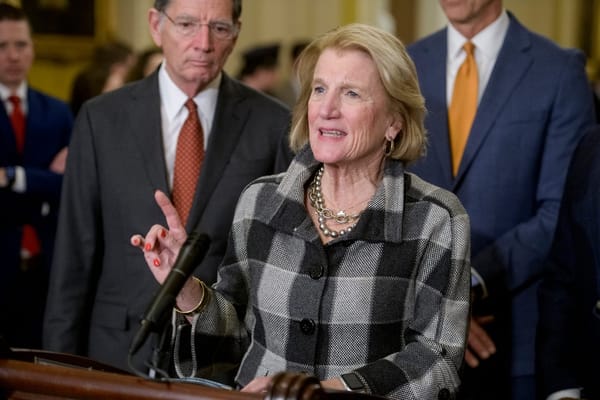Roadmap to Adoption Conference: Models for Community Adoption
WASHINGTON, June 23, 2010 – Broadband for America hosted a panel discussion yesterday focusing on models for community broadband adoption, and attempting to answer question such as where to implement such models, who should be targeted and how to manage the programs involved. The panel was led by Ka
WASHINGTON, June 23, 2010 – At the Roadmap to Adoption Conference a panel discussion was held focusing on models for community broadband adoption, and attempting to answer question such as where to implement such models, who should be targeted and how to manage the programs involved. The panel was led by Karen Archer Perry, of the Federal Communications Commission National Broadband Taskforce, and included Emily Tseng, Broadband Technology Opportunities Program Officer with the National Telecommunications and Information Administration (NTIA), and Elisabeth Stock, CEO of Computers for Youth (CFY).
Perry began her speech by explaining the goals underlying the FCC’s National Broadband Plan with a special focus on the 100 squared availability goal. “The 100squared, our aspirational goal, is that by the year 2020, 100 million households have a 100Mbps download speed and a 50Mbps upload speed,” Perry said. “The key barriers are cost, literacy and relevance.”
While Perry agreed with a former speaker that choosing to adopt Broadband was primarily an individual choice, she stressed that that choice took place “in a social context.”
“That social context is very important. There’s a neighborhood effect associated with adoption in that if people in my neighborhood adopt broadband, it’s more likely that I will as well,” Perry said.
According to Perry, the FCC’s plan for influencing this social context has two main prongs. “The first recommendation is to establish a digital literacy corps,” Perry said. “The second component of it is to establish a digital literacy portal, a place where people can go to get digital literacy wherever they are, and the third component is to invest in community anchor institutions, including libraries.” To fund these three steps, Perry said that the FCC was hoping to receive $100 million from the Federal Government.
The second prong of the FCC’s plan is regional capacity building, which Perry claimed would not require additional funding, as it was adequately funded under current legislation. However, Perry did suggest that the plan would need a more competent mapping and planning process in order to work, as well as closer cooperation with state-level government.
Following Perry’s speech, Emily Tseng offered an inside view of the process by which the NTIA evaluates applications for funding, a process which has two steps – a peer review of all applications, and then review by NTIA staff of the most viable.
“We really look for applications that clearly identify the target populations,” Tseng said and “programs that are able to demonstrate capacity to measure results.”
The final speaker was Elisabeth Stock from program Computers for Youth, an organization whose mission is to “help low-income children do better in school by improving their learning environment at home.” Stock’s program follows a model by which students are required to bring their parents to program workshops in order to create a trickle-up effect from the child to the parent with respect to computer literacy. Students who bring their parents are trained with computers, and then given those computers to take home, thus expanding both digital access and digital literacy simultaneously.
Stock cited three reasons for why she saw this approach as successful. Firstly, the program combines “touch points” with technology.
“There has to be touch points. There has to be human interaction with the people that we serve,” Stock said. “You can’t just drop technology on people and expect them to use it.”
The second piece of Stock’s approach is a holistic approach which aims to spread training beyond just the students to teachers and parents. The final piece carried the similar goal of ensuring that entire communities, rather than isolated families, are granted access.
Stock cited CFY’s work with Price Middle School in Atlanta as an example of this approach in action. “Before our work at Price Middle School, 29% of the students had broadband access. Afterwards, 61% had broadband access,” Stock said.









Member discussion